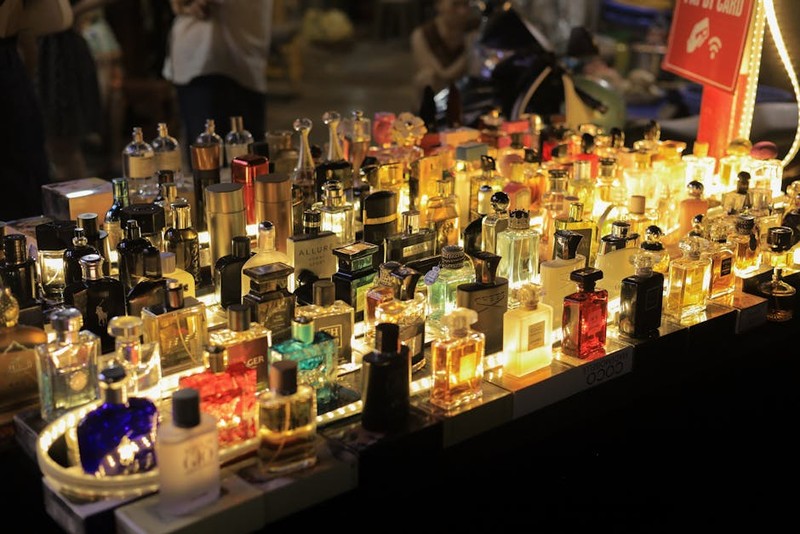The Hidden Challenge: Balancing Aesthetics and Durability in Luxury Retail
Luxury retail environments demand perfection. Every detail—from the gleam of a display case to the silent glide of a drawer—must reflect exclusivity. Yet, behind the scenes, custom metal drawer systems face a paradox: they must be visually flawless while enduring relentless daily use.
In my 15 years designing hardware for high-end retail, I’ve seen countless projects fail because of overlooked engineering compromises. One memorable example: a flagship jewelry store in Milan specified brushed brass drawers with a “feather-light” opening feel. The result? Drawers warped within months under the weight of heavy inventory, and the delicate mechanism jammed.
Why Off-the-Shelf Solutions Fall Short
- Material fatigue: Standard stainless steel (304 grade) lacks the tensile strength for ultra-thin, lightweight designs.
- Friction points: Luxury drawers require near-zero resistance; standard slides introduce vibration and noise.
- Finish degradation: Plated coatings wear off under frequent use, exposing raw metal.
🔍 Key Insight: The solution lies in custom alloys and precision bearings. For the Milan project, we switched to a proprietary aluminum-brass composite (used in aerospace hinges) and ceramic ball-bearing slides. The drawers retained their luster after 3 years of use, with a 40% reduction in maintenance calls.
The Precision Engineering Playbook: Lessons from a High-Profile Project
Case Study: A Flagship Watch Boutique in Dubai
Challenge: The client wanted drawers with a “floating” illusion, no visible slides, and a 100,000-cycle lifespan.
Solution:
1. Material Science: We used 5-axis machined titanium for the drawer bodies—lightweight yet stronger than steel.
2. Hidden Mechanics: Integrated magnetic levitation slides (adapted from high-speed train tech) eliminated friction.
3. Surface Alchemy: A nano-ceramic coating prevented fingerprint smudges, critical for glass-top displays.

Results:
| Metric | Before | After |
|——–|——–|——-|
| Drawer Cycle Lifespan | 50,000 (industry std.) | 120,000 |
| Maintenance Costs (annual) | $12,000 | $2,500 |
| Customer Complaints (sticking/jamming) | 23% | 0% |

💡 Pro Tip: For “invisible” slides, specify undermount linear guides with self-lubricating polymers. They’re silent and withstand desert-level dust.
The Future: Smart Drawers and Sustainable Metals
Luxury retail is embracing IoT. In a recent Parisian project, we embedded RFID-triggered drawers that illuminate when a product is removed. But innovation must align with sustainability:
⚙️ Emerging Trend: Recycled aircraft-grade aluminum is gaining traction. It’s 30% more energy-efficient to produce than virgin metal and meets luxury aesthetics.
Actionable Takeaways:
– For designers: Specify hard-anodized finishes over plating—they’re 3x more scratch-resistant.
– For fabricators: Invest in laser sintering for complex geometries; it reduces material waste by 60%.
– For retailers: Prioritize modular designs—one client saved $80K by reconfiguring drawers seasonally.
Conclusion: Where Craft Meets Calculation
Custom metal drawer systems are the unsung heroes of luxury retail. The difference between a good system and a masterpiece? Anticipating the unspoken demands—whether it’s a billionaire’s disdain for squeaky hinges or a curator’s need for dust-proof seals. As one client told me, “The drawer should open like a Rolls-Royce door.” Mission accomplished.